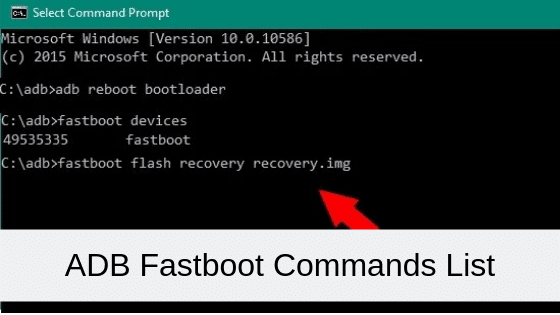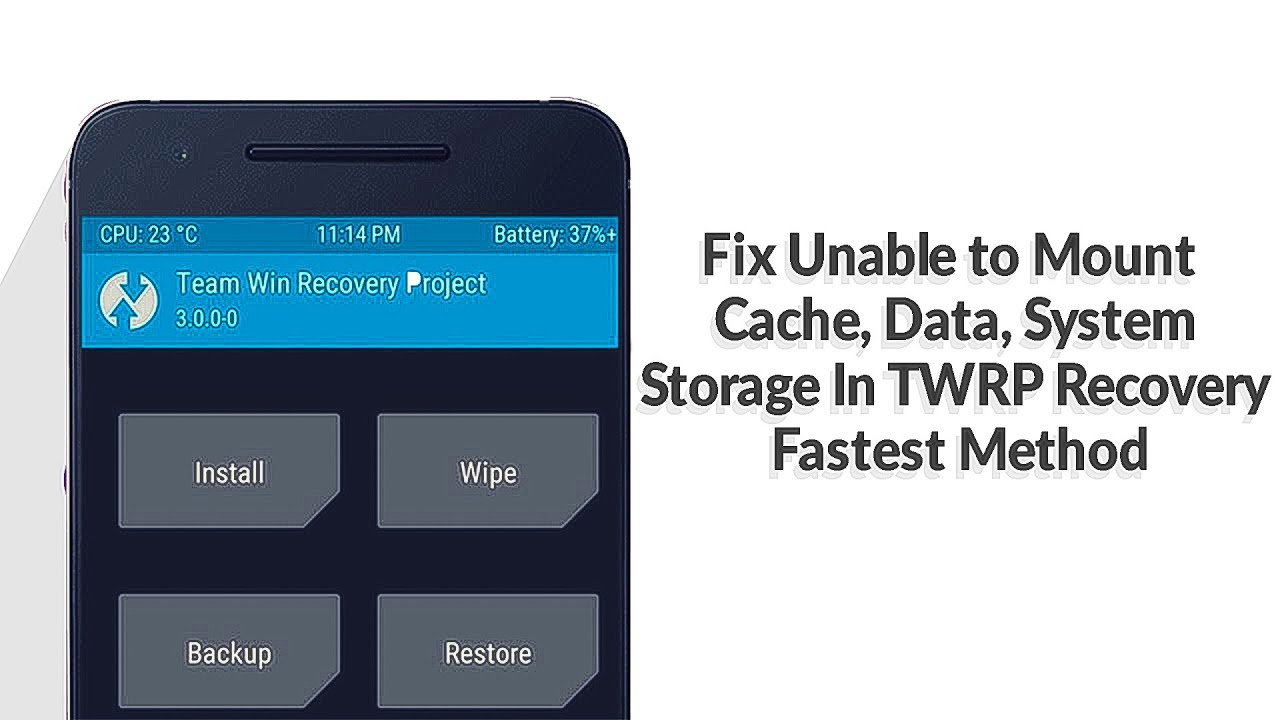Are you ready to take control of your Android device like never before? Whether you’re an experienced developer or a curious enthusiast, understanding and mastering ADB (Android Debug Bridge) and Fastboot commands can unlock a whole new world of possibilities. In this comprehensive guide, we’ll explore everything you need to know about using ADB Fastboot commands on Android, regardless of whether you’re using Windows, Mac, or Linux.
Before we dive into the nitty-gritty of ADB Fastboot commands, let’s take a moment to understand what these tools are and how they work.
What is ADB?
ADB, short for Android Debug Bridge, is a versatile command-line tool that allows communication between your computer and Android device. It’s primarily used for debugging purposes, but it can also be leveraged for various other tasks, including installing and managing apps, accessing device-specific information, and even controlling your Android device from your computer.
What is Fastboot?
Fastboot, on the other hand, is a protocol and command-line tool that’s closely related to ADB. While ADB focuses on communication and debugging, Fastboot is specifically designed for flashing partitions, bootloaders, and other firmware components on Android devices. It’s an essential tool for tasks like unlocking the bootloader, installing custom recovery, and flashing custom ROMs.
Setting Up Your Environment
Before you can start using ADB and Fastboot commands, you’ll need to set up your development environment. Here’s a step-by-step guide to getting started:
Download the Android SDK Platform Tools: The Android SDK Platform Tools package includes both ADB and Fastboot. You can download it from the official Android Developers website.
Install USB Drivers: To ensure proper communication between your computer and Android device, you’ll need to install the appropriate USB drivers. These drivers are typically provided by the manufacturer of your device and can usually be found on their website.
Enable USB Debugging: USB debugging allows your Android device to communicate with your computer over USB while in developer mode. To enable USB debugging, go to Settings > About Phone > tap on the Build Number seven times to enable Developer Options, then navigate to Developer Options and enable USB Debugging.
Entering Fastboot Mode
Before you can execute Fastboot commands, your Android device must be in Fastboot mode. Here’s how to enter Fastboot mode on various devices:
Google Pixel/Nexus: Power off your device, then press and hold the Volume Down and Power buttons simultaneously until you see the Fastboot menu.
Samsung Galaxy: Power off your device, then press and hold the Volume Down, Home, and Power buttons simultaneously until you see the Fastboot menu.
OnePlus: Power off your device, then press and hold the Volume Up and Power buttons simultaneously until you see the Fastboot menu.
Executing ADB Fastboot Commands
Now that your device is in Fastboot mode and connected to your computer via USB, you’re ready to start executing ADB and Fastboot commands. Here are some essential commands to get you started:
- adb devices: This command verifies that your computer can communicate with your Android device. If successful, it will display the serial number of your device.
- adb reboot bootloader: Use this command to reboot your device into Fastboot mode from the command line.
- fastboot devices: Similar to adb devices, this command checks if your computer can recognize your Android device in Fastboot mode.
- fastboot oem device-info: Displays detailed information about your device, including the bootloader status, device ID, and more.
- fastboot oem unlock: Unlock the bootloader of your Android device. Note that this may void your device’s warranty and erase all data.
- fastboot oem lock: Lock the bootloader of your Android device to prevent unauthorized access.
- fastboot reboot: Reboot your device out of Fastboot mode and back into the Android operating system.
- fastboot flash: Use this command to flash various firmware components, such as boot images, recovery images, and system updates, to your device.
- fastboot reboot recovery – Reboots android devices into the recovery mode.
- fastboot reboot bootloader – You might need to reboot the Fastboot or Bootloader mode while flashing images.
Advanced ADB and Fastboot Commands
In addition to the basic commands listed above, there are numerous advanced ADB and Fastboot commands that you can use to perform more specific tasks. Here are a few examples:
- adb pull /file-location-on-device/filename – To ‘pull’ any file from your device and send it over to PC
- adb push filename /location_where_file_is_to_be_sent_on_device – To ‘push’ any file to the device from PC.
- adb sideload filename – Flash (install) zip files directly from the command shell.
- adb start-server – When you need to start the ADB server, in case it does not automatically “kills the daemon” and “start on a specific port”.
- adb kill-server – If the command tool gets hanged or is not performing as expected, you may kill the server.
- adb install filename.apk – To install an APK file on your device.
- adb install -r filename.apk – To reinstall or update an APK.
- adb install -s filename.apk – To move the app to sdcard.
- adb uninstall filename.apk – To uninstall an APK file on your device.
- adb shell – To interact with your device’s operating system.
- adb reboot bootloader – To boot the device to Fastboot or Bootloader Mode.
- adb reboot recovery – To boot your device to TWRP or stock recovery from the booted OS.
- adb shell screencap /sdcard/screenshot.png – To capture screenshot from your device.
- adb pull /sdcard/screenshot.png – To download the captured screenshot to your PC.
- fastboot erase userdata – To erase all the userdata on your device.
- fastboot -w – This will erase everything from your device.
- fastboot reboot – To reboot your device to Android OS.
- fastboot flash – This command can be used to flash the zip files, factory images, recovery, boot, radio systems and other images to your android device. Check out the examples below:
- fastboot flash boot boot.img
- fastboot flash system system.img
- fastboot flash recovery recovery.img
- fastboot flash cache cache.img
- fastboot flash modem NON-HLOS.bin
- fastboot flash sbl1 sbl1.mbn
- fastboot flash dbi sdi.mbn
- fastboot flash aboot emmc_appsboot.mbn
- fastboot flash rpm rpm.mbn
- fastboot flash tz tz.mbn
- fastboot flash LOGO logo.bin
Conclusion
Congratulations! You’ve now mastered the basics of ADB and Fastboot commands for Android. With these powerful tools at your disposal, you have the ability to customize, optimize, and troubleshoot your Android device like never before. Whether you’re a seasoned developer or a curious enthusiast, the possibilities are endless.
Remember, while ADB and Fastboot commands can be incredibly useful, they also come with risks. Always proceed with caution, follow instructions carefully, and make sure to back up your data before making any significant changes to your device. With the right knowledge and mindset, you’ll be able to unlock the full potential of your Android device and take your Android experience to the next level. Happy tinkering!
Experiencing difficulties with your Device, check out our “How To” page on how to resolve some of these issues.








4 comments